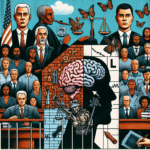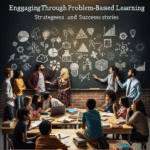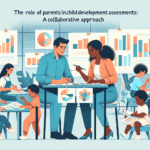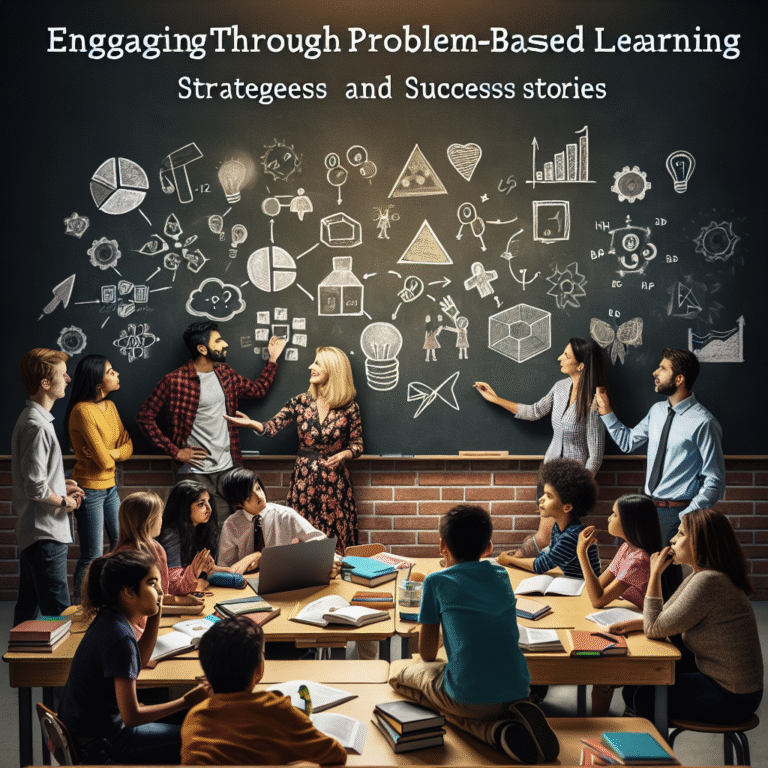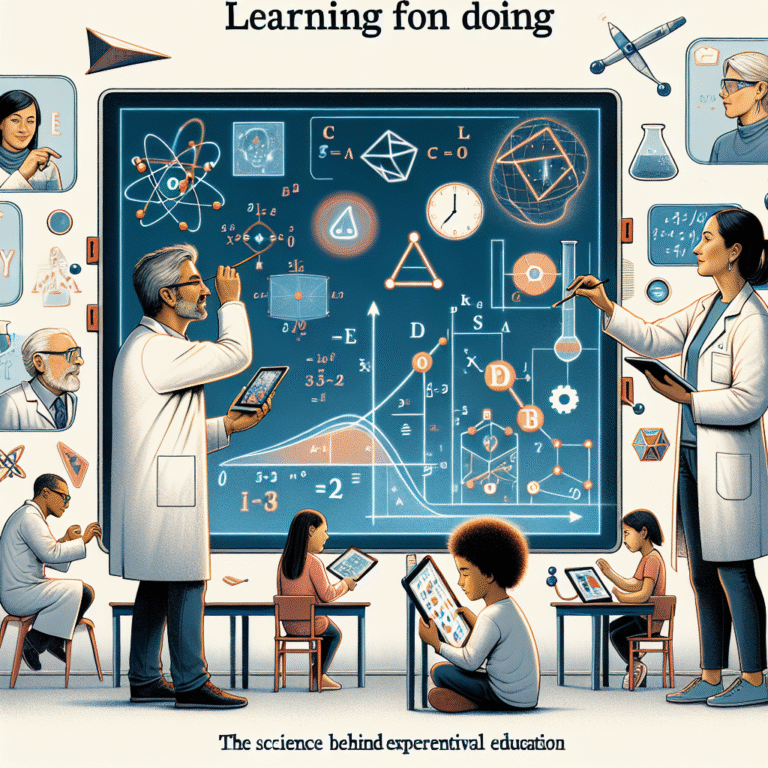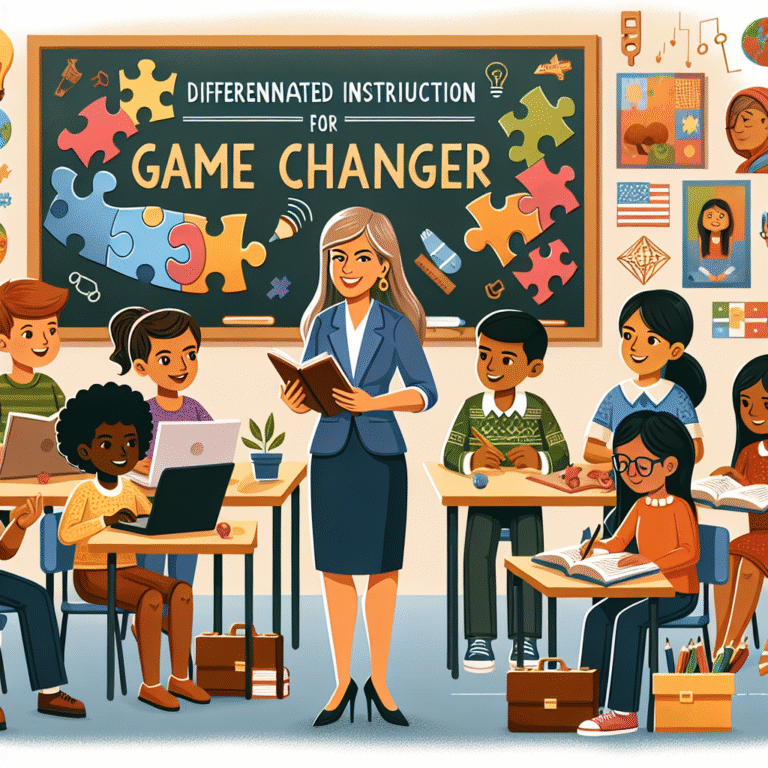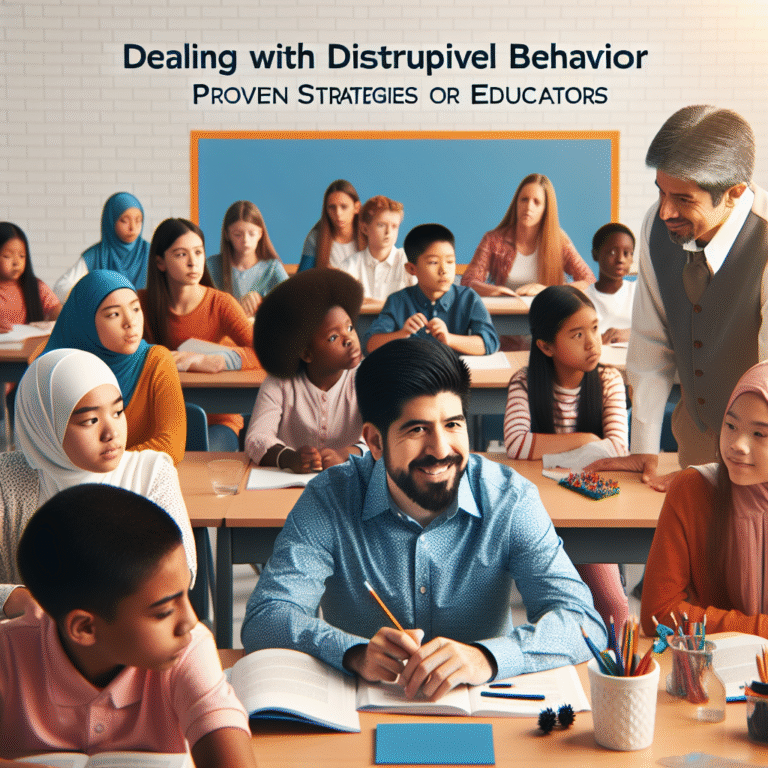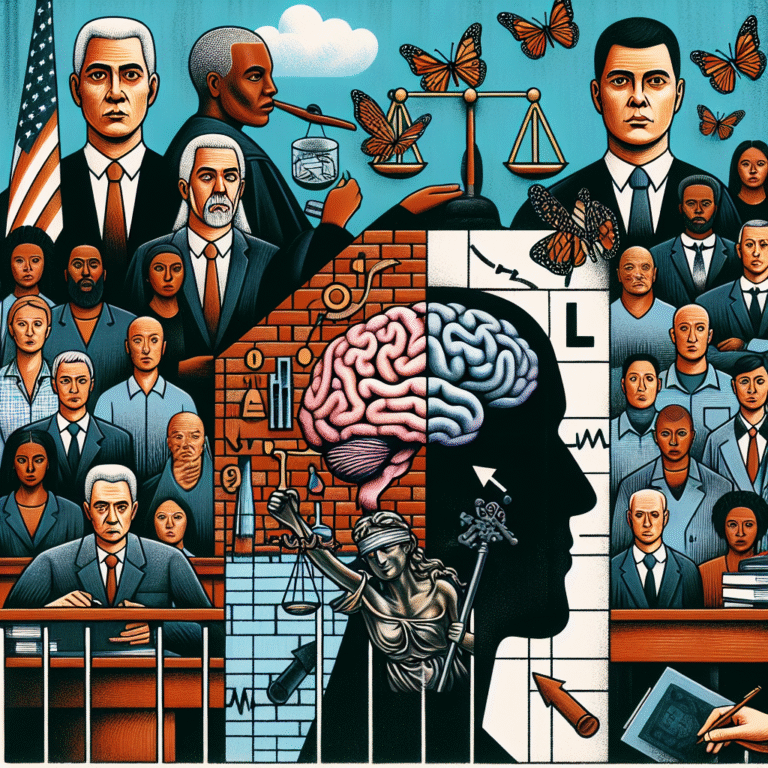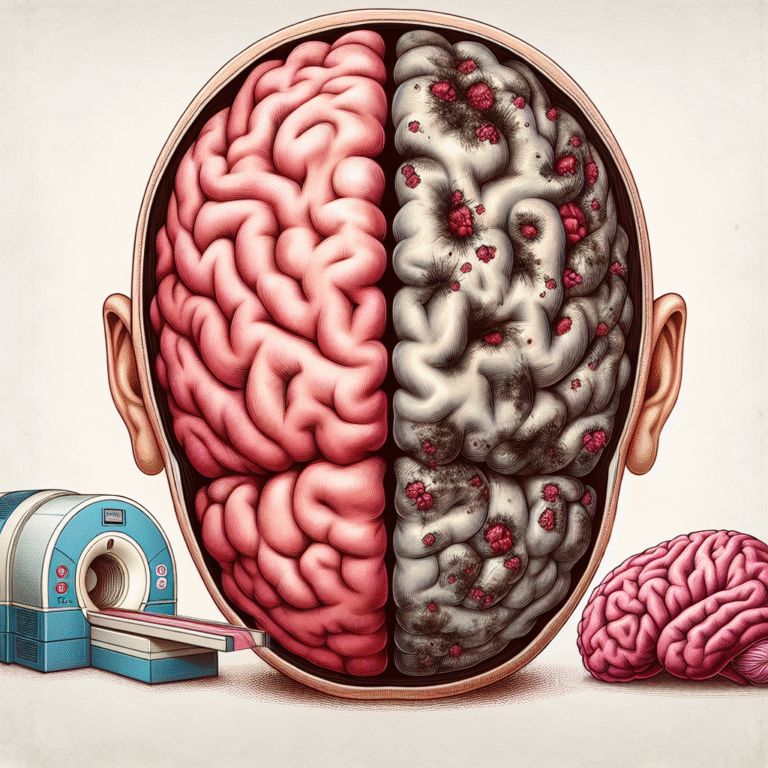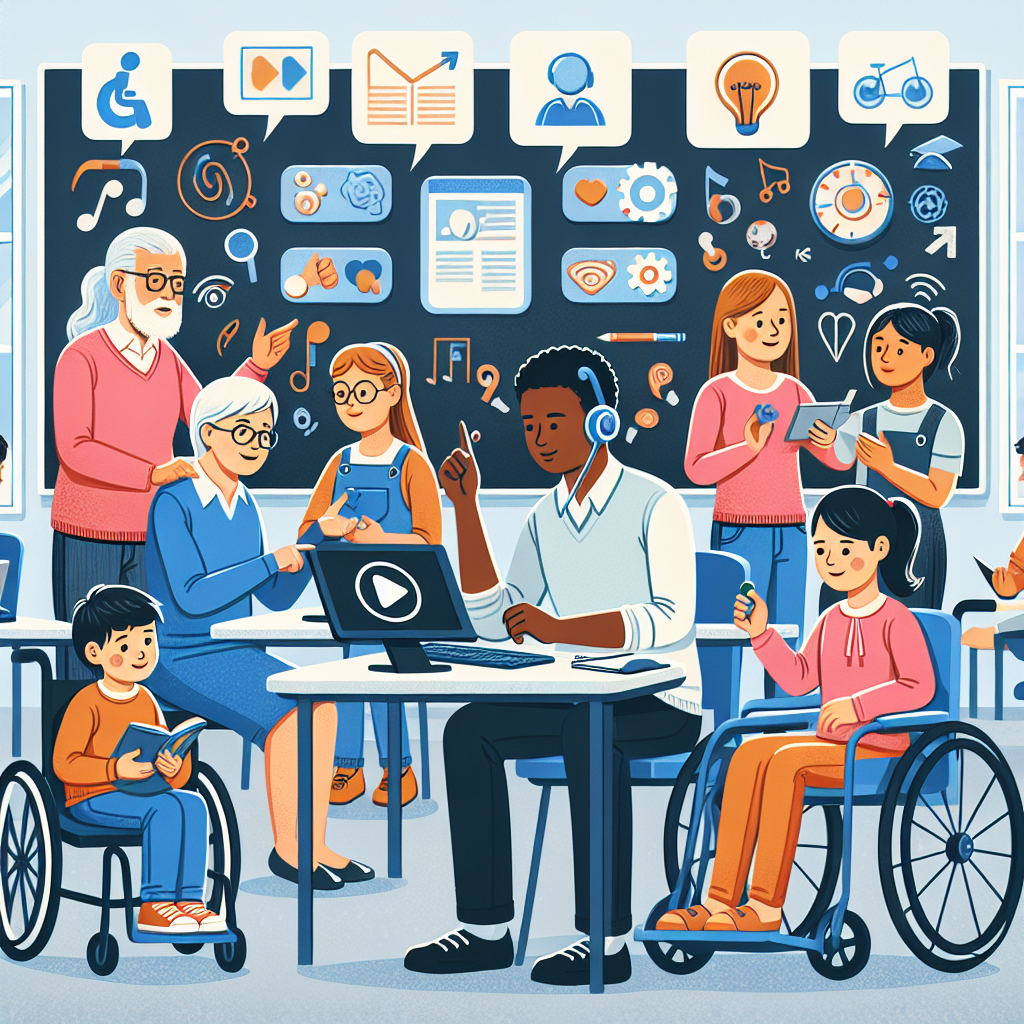
Introduction
In an increasingly interconnected world, access to quality education should not be a privilege—it should be a universal right. Accessibility in instructional design has gained prominence as educators, trainers, and instructional designers strive to create learning experiences that everyone can engage with, including individuals with disabilities, varying learning styles, and diverse cultural backgrounds. Focusing on Accessibility in Instructional Design: Making Learning for Everyone is more than a trend; it’s an essential commitment to ensure that no learner is left behind.
Imagine a classroom where every student, regardless of ability or circumstance, can participate fully and learn effectively. This is not just an ideal; it’s a feasible reality with intentional design practices. This article explores the significance of accessibility, its best practices, and real-world case studies that demonstrate how inclusive instructional design is transforming learning environments.
The Importance of Accessibility in Instructional Design
Bridging the Gap
Accessibility in instructional design plays a crucial role in bridging the gap between diverse learning needs. The World Health Organization estimates that over a billion people around the world live with some form of disability. This statistic underscores the urgent need for inclusive educational practices. Instructional designers must create resources that accommodate various abilities, learning styles, and cultural contexts.
Legal and Ethical Implications
Accessibility is not merely a regulatory requirement; it’s an ethical obligation. Legislation like the Americans with Disabilities Act (ADA) and Section 508 of the Rehabilitation Act mandates accessible educational environments. Non-compliance can lead to legal repercussions while also shutting out a significant portion of learners.
Enhancing Learning Outcomes
Research consistently shows that when materials are designed with accessibility in mind, all learners benefit. For instance, clear fonts, captions, and alternative text for images help everyone, not just those with disabilities. Quality instructional design can lead to improved engagement and better overall learning outcomes.
Core Principles of Accessible Instructional Design
Understanding the core principles of accessibility can help instructional designers create experiences that fulfill the promise of inclusivity. Here are some key considerations:
1. Perceivable
Content must be presented in ways that all learners can perceive, regardless of their sensory abilities. This includes using text that can be enlarged, audio files that are transcribed, and visual elements that are descriptive.
| Element | Example | Description |
|---|---|---|
| Text Alternatives | Alt text for images | Ensures visual content is described for screen readers. |
| Captions | Video transcripts | Provides access to spoken content for individuals with hearing impairments. |
2. Operable
All elements of the learning experience must be operable for every learner. This means providing navigational tools that can be used by keyboard-only users or those with mobility challenges.
3. Understandable
Content should be easy to comprehend. This means avoiding jargon and using straightforward language. Additionally, consistent navigation and predictable layouts enhance understanding.
4. Robust
Design should work across multiple platforms and technologies. A site or learning module that is only accessible on certain devices or browsers limits its reach.
Real-World Case Studies
To contextualize our discussion on Accessibility in Instructional Design: Making Learning for Everyone, let’s delve into several case studies that illustrate successful implementations.
Case Study 1: Universidad de Salamanca
Background: The Universidad de Salamanca in Spain undertook a project to make its online learning resources accessible.
Implementation: They adopted Universal Design for Learning (UDL) principles, ensuring that all course materials included various representations, expressions, and engagements.
Results: The university reported decreased dropout rates among students with disabilities and enhanced overall learner satisfaction.
Analysis
This case demonstrates how institutional commitment to accessibility can lead to transformative outcomes. By investing in UDL principles, educational organizations can foster a sense of community and increase retention rates.
Case Study 2: Coursera and Accessibility
Background: Coursera partnered with various organizations to enhance accessibility in its online courses.
Implementation: They incorporated features like auto-captioning, keyboard navigability, and mobile compatibility.
Results: Increased enrollment from learners with disabilities, demonstrating a clear demand for accessible online learning options.
Analysis
Coursera’s proactive approach highlights the market potential for accessible education. With many learners preferring online learning environments, accessibility becomes a crucial factor in attracting a broader audience.
Strategies for Implementing Accessibility
To effectively implement accessibility in instructional design, consider these strategies:
1. Conduct Accessibility Audits
Regular audits are essential to assess the current level of accessibility in your courses. Utilizing tools like WAVE or Axe can help identify issues that need addressing.
2. Engage with Learners
Gather feedback from students about their experiences. Use surveys and focus groups to understand their challenges and incorporate their suggestions.
3. Invest in Training
Conduct workshops and training sessions for instructional designers and educators on best practices in accessibility. Providing ongoing education ensures the team remains updated on the latest trends and technologies.
4. Leverage Technology
Promote the use of assistive technologies, such as screen readers and speech recognition tools, which can enhance the learning experience for various learners.
5. Develop Alternative Formats
Offer materials in multiple formats. For example, text documents can also be supplemented with audio recordings or video summaries to cater to different learning preferences.
Frequently Asked Questions
Q1: What does accessibility in instructional design involve?
A: Accessibility in instructional design involves creating learning experiences that can be easily accessed and understood by all learners, regardless of their abilities, disabilities, or learning styles.
Q2: Why is accessibility important in education?
A: Accessibility ensures equal opportunity for all learners, fosters diversity, and enhances engagement and retention rates while complying with legal and ethical standards.
Q3: How can I measure the accessibility of my course materials?
A: Use accessibility evaluation tools like WAVE, Axe, or the Accessibility Evaluation Tool (AET) to assess elements like text alternatives, navigability, and comprehensibility.
Q4: What are some quick wins for improving accessibility in existing courses?
A: Start with adding alt text to images, creating captions for videos, simplifying language, and ensuring your layouts are consistent and intuitive.
Q5: How can I advocate for accessibility in my organization?
A: Share research on the benefits of accessibility, conduct demonstrations of accessible tools, and present success stories to gain buy-in from stakeholders.
Conclusion
In conclusion, Accessibility in Instructional Design: Making Learning for Everyone is not merely a best practice; it is a moral imperative and an opportunity for innovation. By embracing inclusive designs and methodologies, we create enriching educational experiences for all learners.
"Accessibility isn’t just what you do; it’s part of who you are." Let this statement resonate as we strive to incorporate these principles into our instructional practices. When we make learning accessible to everyone, we not only foster a more equitable community but also harness the full potential of diverse perspectives and talents. The journey toward accessibility begins with you—take that step today.
Through careful consideration, collaborative approaches, and a firm commitment to inclusivity, we can build a future where every learner has the chance to flourish and succeed.

